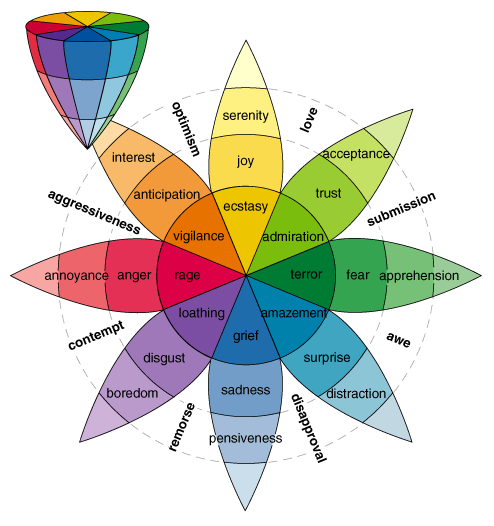en.wikipedia.org
Phronesis (Greek: φρόνησις) in Aristotle’s Nicomachean Ethics is the virtue of moral thought, usually translated “practical wisdom”, sometimes as “prudence”.
I imagine the word Praxis is in there somewhere, action and reflection. But it is not because of that idea I am blogging this. It is because of two references in the Wikipedia article to books that refute the use of physical sciences in the social world.
Phronesis is the capability to consider the mode of action in order to deliver change, especially to enhance the quality of life. …
Gaining phronesis requires maturation, in Aristotle’s thought:
“ Whereas young people become accomplished in geometry and mathematics, and wise within these limits, prudent young people do not seem to be found. The reason is that prudence is concerned with particulars as well as universals, and particulars become known from experience, but a young person lacks experience, since some length of time is needed to produce it (Nichomachean Ethics 1142 a). ”
Learning from experience is in there, but that is different from learning empirically, there is something else going on. The type of knowing that one gets from internal (moral?) investigation is qualitatevley different from observation of the world.
Here are the two books. I’ll add the Amazon links.
Bent Flyvbjerg, in his book Making Social Science Matter, has argued that instead of trying to emulate the natural sciences, the social sciences should be practiced as phronesis. Phronetic social science [1] focuses on four value-rational questions: (1) Where are we going? (2) Who gains and who loses, by which mechanisms of power? (3) Is this development desirable? (4) What should we do about it?
In After Virtue Alasdair MacIntyre makes a similar call for a phronetic social science, combined with weighty criticism of attempts by social scientists to emulate natural science. He points out that for every prediction made by a social scientific theory there are usually counter-examples. These derive from the unpredictability of human beings, and the fact that one unpredictable human being can have a world-changing impact.
Amazon Making Social Science Matter
Amazon After Virtue

